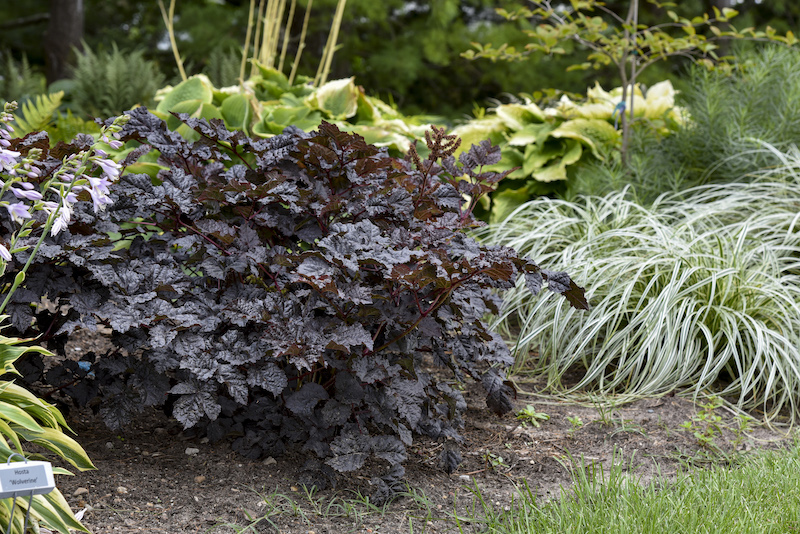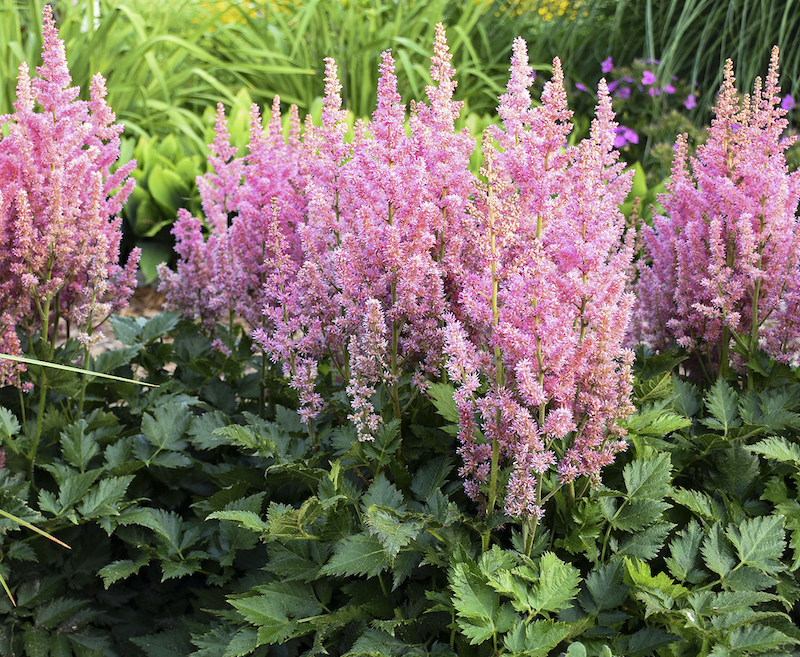Most deer enjoy narrow-leaf evergreens when they’re hungry. Fortunately, they don’t find astilbes to be appealing snacks in general. In fact, gardeners can even take advantage of this and utilize astilbe to conceal plants that deer do find appetizing. For example, you can use astilbe plantings to hide plants like hostas to keep them protected from hungry deer.
According to Rutgers University, this plant is Seldom Severely Damaged on their rating scale from Rarely Damaged to Frequently Severely Damaged.
| Rarely Damaged |
| Seldom Severely Damaged |
| Occasionally Severely Damaged |
| Frequently Severely Damaged |
Description automatically generated" width="308" height="123" />
What this is means is that although possible, it is highly unlikely that deer will target your astilbe perennials. In this case, you generally won’t need to worry about blocking off your astilbes.

Keeping Deer Away From Astilbe
Although deer won’t typically go for astilbe, if they are starved, they might view your astilbe as their saving grace. If you want to make sure your perennials stay completely safe in all case scenarios, you can take advantage of the following tips.
You can use plastic netting to surround your astilbes. It’s important to note that deer can jump very high, about 8 feet above the ground. If you opt for netting, make sure to find options that are high enough to keep deer from hopping over.
Another option you have is using deer repellents. These can be found in many big box stores and will do wonders for keeping deer away. You can spray the repellent directly onto your plant as it is completely safe and won’t harm your perennial.

Will Astilbe Come Back After Deer Eat Them?
As previously mentioned, it is highly unlikely that deer will chomp on your astilbe perennials. However, in the case that it does happen, you may be wondering whether your astilbe will be okay after it is attacked. Because astilbe perennials are very tough in general, they will definitely grow back even after a deer attack.
You can help speed up your plant’s recovery by watering it regularly and using the above-mentioned tips to make sure it won’t be attacked again. A phosphorus-rich fertilizer will help promote growth and should be used once every spring. Additionally, you should prune any dead or harmed leaves and flowers.

Sources: Rutgers New Jersey Agricultural Experiment Station ‘Landscape Plants Rated by Deer Resistance’ 2018
 |
Author Chris Link - Published 07-06-2022 |
